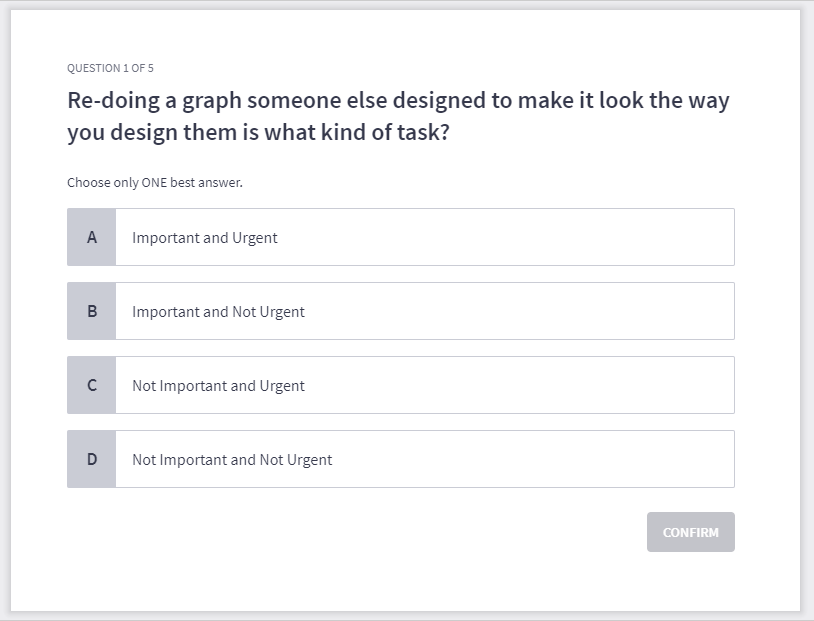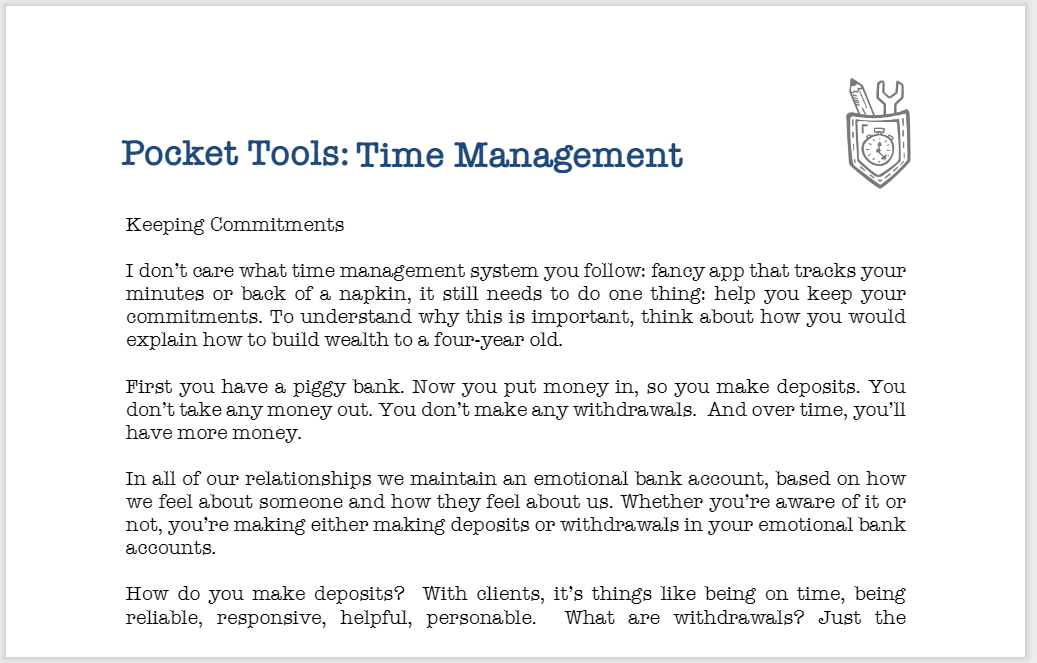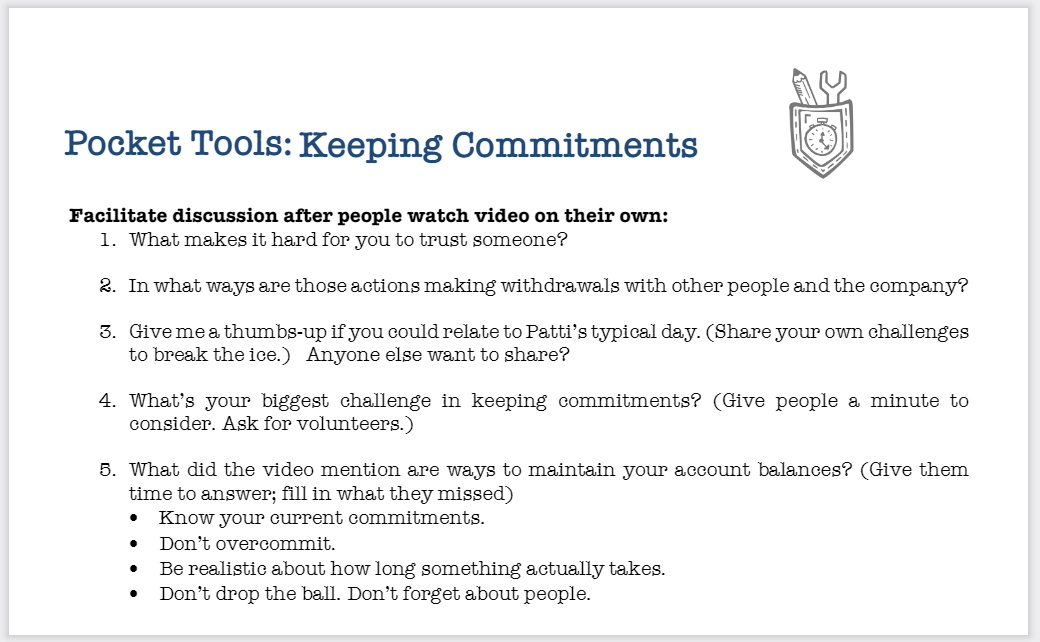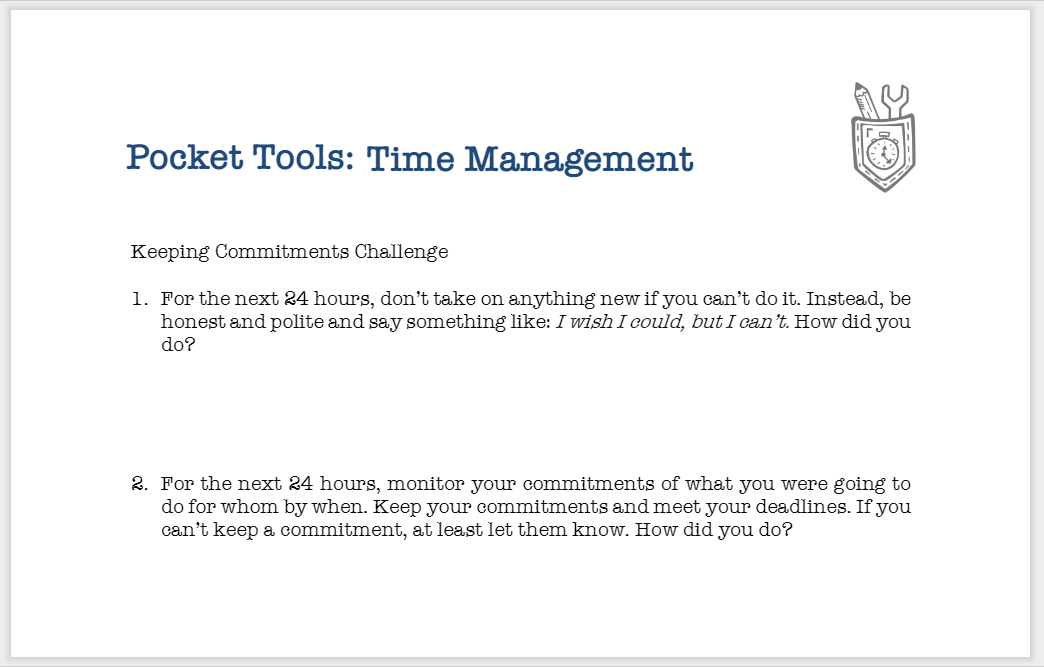I recently received an automated voice survey from my phone carrier as a follow-up to a service issue. The survey was two questions. The first was: “Enter a number from one to 10 on your phone to indicate your likelihood to refer our company to someone else, with one the lowest and 10 the highest.” The second was: “Record a message at the beep explaining your score.”
The customer service department at the phone company may have picked up a copy of “The Ultimate Question” by Fred Reichheld. He has made a career out of measuring the effectiveness of customer surveys. His surveys don’t measure satisfaction on wide spectrum of criteria but revolve around this ultimate question: How likely are you to refer? It turns out that the strength of referrals is the common denominator in high-performing companies, whether large or small. Companies that rank higher on the scale have more loyal customers and more sustained growth.
There is nothing earth-shattering about that, except that Reichheld breaks out the scores to show companies how they can improve their scores and profits. Respondents who rate a firm either a nine or a 10 are “enthusiasts,” and will do more for new business than any marketing campaign. Those who rate a firm either an eight or a seven are “vulnerable,” meaning they can go either way and can be swayed by a competitor. The “detractors” fall into the one to six range and are particularly toxic to reputations, spreading negative stories like wildfire.
Reichheld then creates what he calls a Net Promoter Score by subtracting the percentage of detractors from the promoters. Most companies are at around 40 percent. Costco has an NPS of 79 percent; FedEx has one of 56 percent. Firms can raise their NPS in two ways: by lowering the number of unhappy customers and raising the number of really happy customers. I’ve used Reichheld’s methodology in my surveys for design and construction clients, and here’s what I’ve found:
1. Not good enough. Companies that rate seven or eight these days are vulnerable to price. A firm doesn’t have to be awful (one through six) to be at risk. If you think a seven or an eight is good enough, think again. Buyers are more willing to take risks to save some money these days. And with more competitors bidding on projects, the incentive to look around is greater.
2. Improve performance. Not much is needed to move those sevens and eights up to nines or 10s. Look at the reasons for their responses. Most often, firms get a qualified strong number of seven or eight because “it depends” on the project or who’s on it.
Ask if it’s OK to waive anonymity, so you can link clients with their responses. (I get 90 percent compliance when asked if I can share the source.) You can then determine how you can ensure that certain clients get the “right team.”
Invariably, there are rare nines and 10s from clients who can count on working with the same people and receive a high level of attention. Align your best people with your best clients, particularly with your key accounts.
In addition, spend resources on training staff to be better communicators and problem solvers. Lack of responsiveness and “owning” problems consistently drags down numbers. The bar is set fairly low in terms of expectations of client service in the architecture, engineering and construction industry. Even if you surprise your clients some of the time, you can boost your numbers significantly.
3. Fix problems. World-class firms that track NPS jump on any detractor score, immediately defusing problems and making every attempt to fix it. Architecture, engineering and construction firms that get nines and 10s earn those marks by gracefully surviving tough jobs – redesigning, rebuilding or writing big checks to make it right.
Construction projects are always going to have problems. Differentiate your firm and generate strong loyalty by accepting responsibility and resolving issues quickly and decisively.
4. Avoid problems. On the other hand, it’s wise to avoid trouble in the first place. In this economy, it’s tough to be picky, but it pays in the long run to make intelligent project decisions. If it doesn’t feel right and you can bite the bullet, pass. I have come to believe that picking the right work for your firm is one of the most important decisions you can make.
What you do and who you do it for actually defines who you are, and subsequently your brand. Bad jobs rip through profits, burn people out and create negative reputations. Think of it this way: What is the lifetime value of having someone bad-mouth our firm versus the lifetime value of someone lauding our performance?
5. Keep it simple. A lot of firms want to gather too much information via surveys. It’s not practical and your response rate decreases. You also won’t often achieve clarity on what you need to work on because you’ll be looking at too many things. Simply measure your referral power and ask what it will take to elevate it to a nine or a 10.
If you really want to improve your score, survey your customers more than once every three years. There’s a balance between not asking often enough and pestering. For instance, ask the referral question at the end of each project. Track how well each employee is improving their likelihood for referral. Educate them on the importance.
Focus on the few levers that will lift you to the next level. Companies that embrace continuous quality improvement continually measure their performance. With so much to cram into every day, having a simple metric – one number – will help you stay focused on achieving your goals.
Leo MacLeod is a strategic marketing and new business consultant. Contact him at leo@leomacleod.com.




Recent Comments